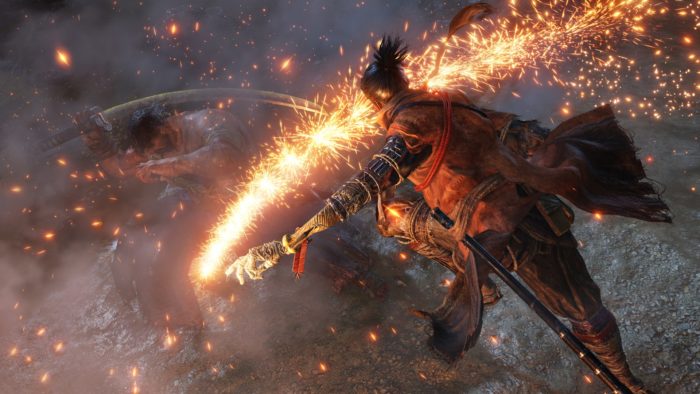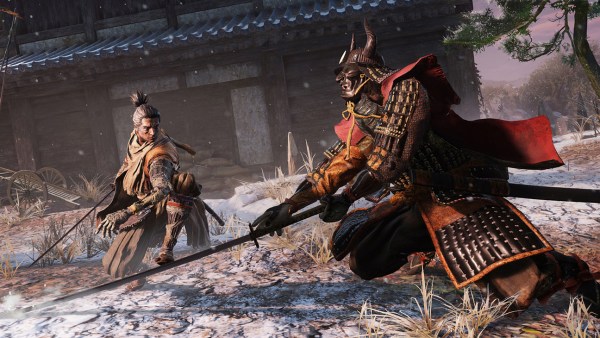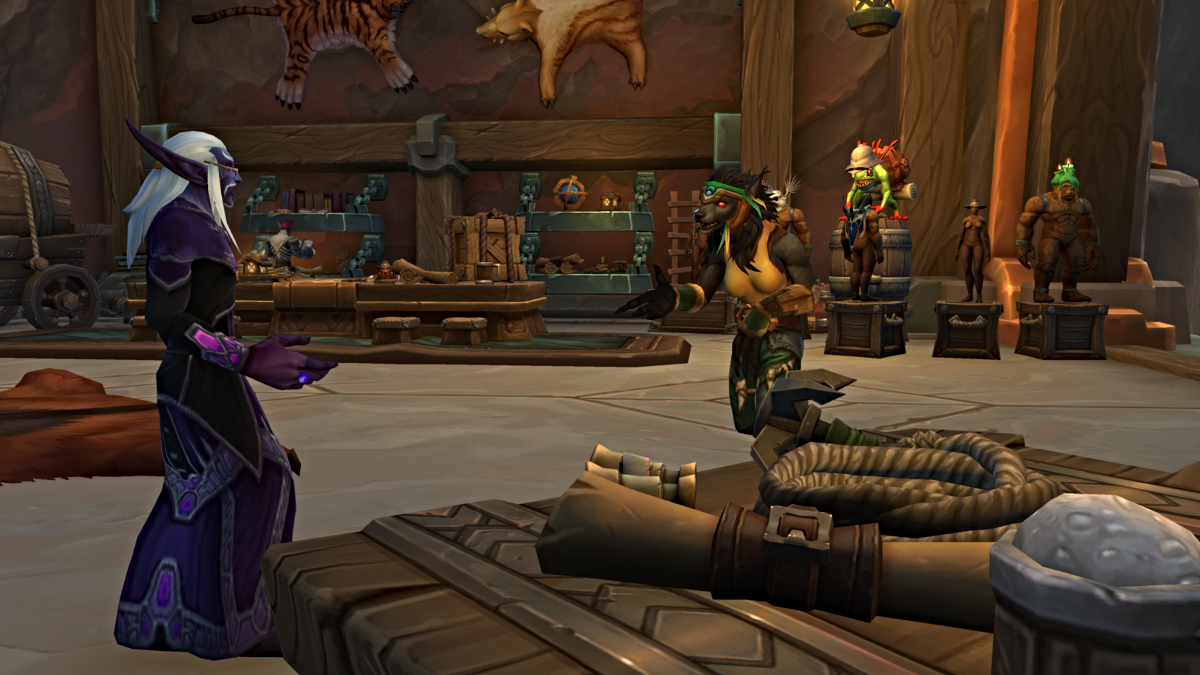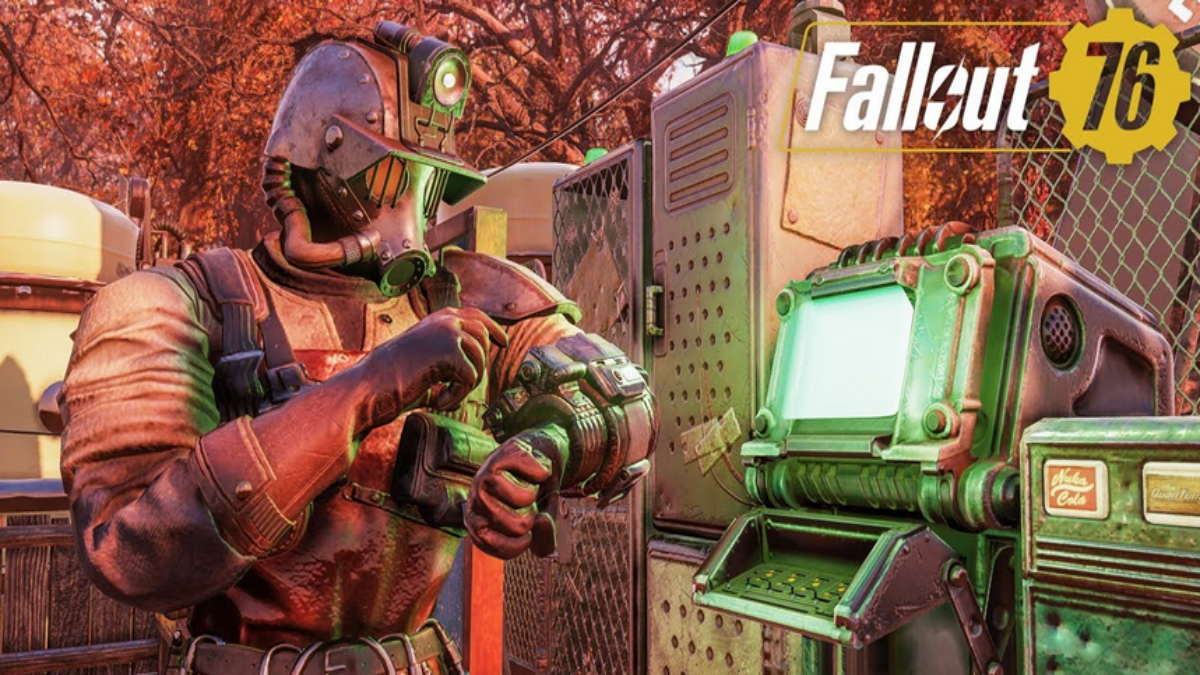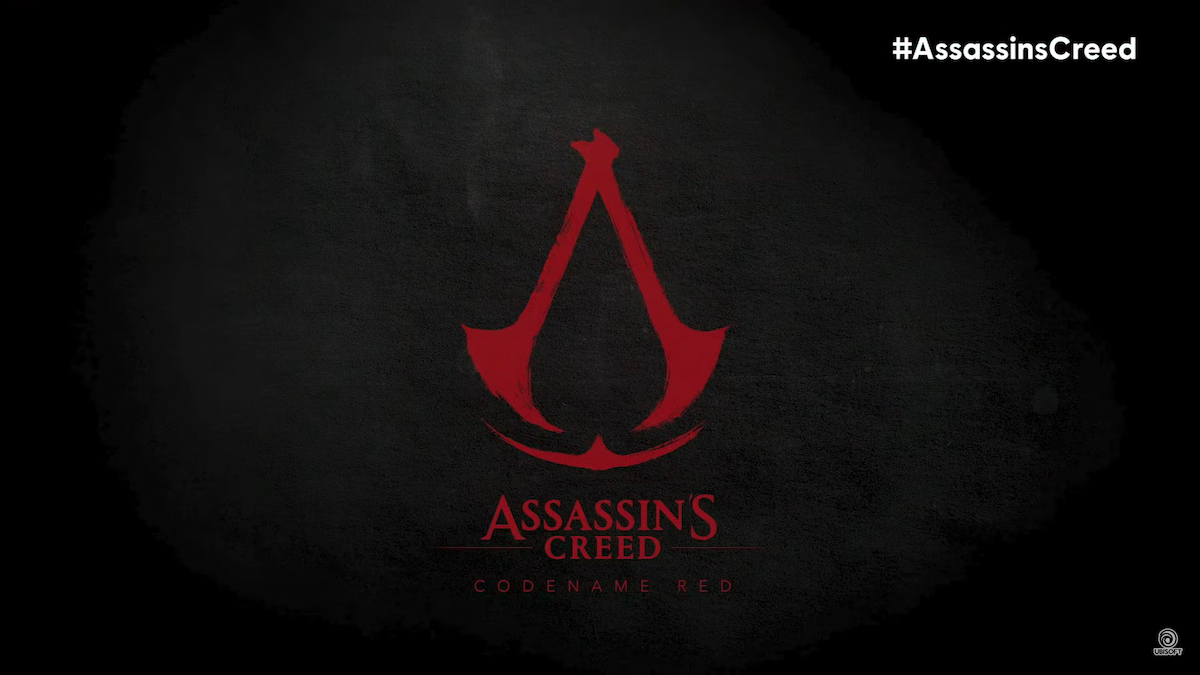Mechanics in Sekiro: Shadows Die Twice That Will Confuse Souls Fans
No Stamina, It’s All About Posture
Demon’s Souls, Dark Souls, and Bloodborne have all made use of a stamina system that would determine how many actions you could take in a short span of time. Sekiro: Shadows Die Twice removes that aspect completely, which means that you can spam attacks as much as you want.
However, that doesn’t mean you can spam attacks without consequences. Instead of managing a stamina bar, Sekiro makes use of a posture bar instead, which kind of works similarly to poise in the Souls games.
As you continue to attack an enemy or successfully deflect their attacks, you’ll build up their posture bar while weakening them.
Once the bar is completely filled up, you’ll break their posture, thus staggering them in the process. This allows you to inflict a critical hit or deathblow on them, significantly draining their health.
This design change alone could shake up the entire balance of the game, as you’re no longer limited by a stamina bar. You’ll be focusing on blocking attacks and dealing damage, while also keeping an eye on your own posture bar to make sure that enemies don’t stagger you as well.

